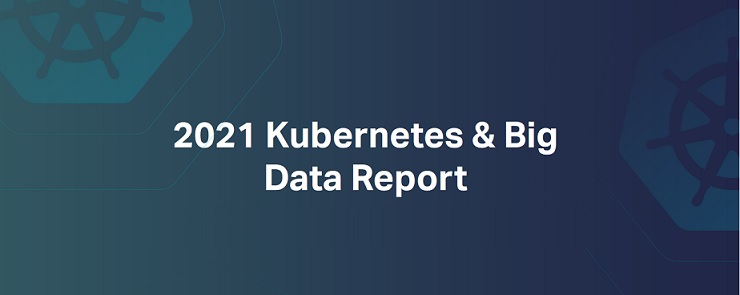Kubernetes is rapidly becoming the standard for cloud and on-premises clusters, according to the 2021 Kubernetes & Big Data Report from Pepperdata based on a survey of 800 IT professionals.

However, Kubernetes is a complex technology, and companies are struggling to properly and effectively implement and manage these environments. The complexity of big data applications makes resource optimization a real challenge. Unsurprisingly, when IT doesn't have granular visibility into big data Kubernetes performance, optimized performance and spend are hard to achieve.
"Kubernetes is increasingly being adopted by our customers for big data applications. As a result, we see customers experiencing performance challenges," said Ash Munshi, CEO, Pepperdata. "This survey clearly indicates that these problems are universal and there is a need to better optimize these big data workloads."
The report states:"Kubernetes is extremely complicated. Manual monitoring cannot keep up, and proprietary solutions are unlikely to be up to the task. It’s always tempting, faced with a new tool like Kubernetes, to use a homegrown solution that already exists. But with Kubernetes, more custom solutions are required. General-purpose APM won’t cut it; companies need tools purpose built for big data workloads on Kubernetes."
The survey reveals a number of insights into how businesses are adopting Kubernetes for big data applications:
■ When asked what their goals were for adopting Kubernetes for big data workloads, 30% said to "improve resource utilization for reduced cloud costs." 23% want to enable their migration to the cloud; 18% said to shorten deployment cycles; 15% wanted to make their platforms and applications cloud-agnostic; and 14% said to containerize monolithic apps.
■ Porting hundreds or thousands of apps over to Kubernetes can be challenging, and the biggest hurdles for survey respondents included initial deployment, followed by migration, monitoring and alerting, complexity and increased cost, and reliability, in that order.
■ The kinds of applications and workloads respondents are running, in order of most to least, include Spark, 30%; Kafka, 25%; Presto 23%; AI/deep learning workloads using PyTorch or Tensorflow at 18%; and "other" at 5%.
■ Surprisingly, and despite how much the media writes about the move to public cloud, this survey found that 47% of respondents are using Kubernetes in private cloud environments. On-premises use made up 35%, and just 18% of respondents said they were using Kubernetes containers in public cloud environments.
■ 45% of Kubernetes workloads are in development and testing environments, as users move production workloads into a new resource management framework. 30% are doing proof-of-concept work.
■ 66% of respondents said 75–100% of their big data workloads will be on Kubernetes by the end of 2021.
■ IT operations was the clear leader — at 80% — in deploying Spark and other big data apps built on Kubernetes; Engineering followed with 11%; with business unit developers at just 9%.
Methodology: The survey was conducted in March 2021, among 800 participants from a range of industries, 72% of which worked at companies with between 500 and 5000 employees.


